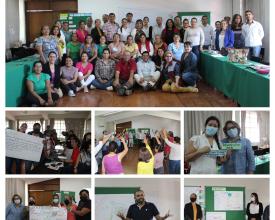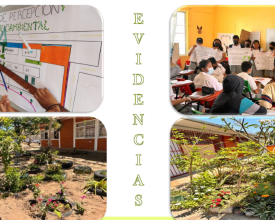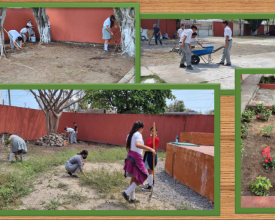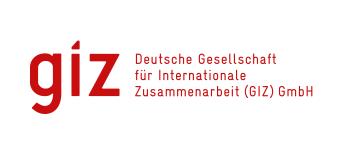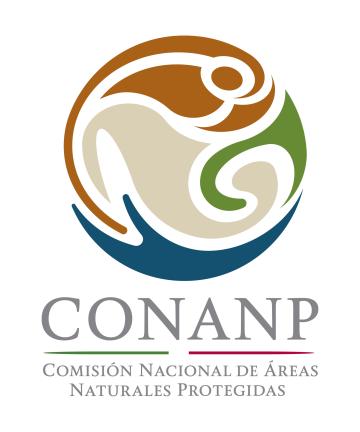Coastal Territorial Impact Educational Strategy
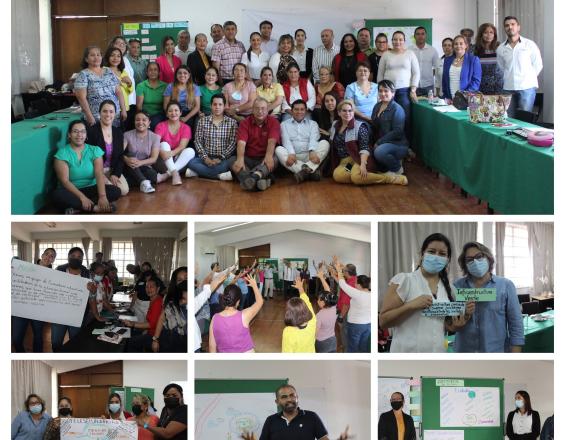
With the educational strategy of territorial incidence, through the generation of a Youth Participation Route with adaptation of the Ecochavos methodology and through the Project Based Learning model for the New Mexican School, the youth of secondary and elementary schools in the cities of Boca del Rio and Puerto de Veracruz, designed and implemented socio-environmental projects such as urban orchards, pollinator gardens, green roofs, among others, with teacher accompaniment, orienting the actions to the care and sustainable transformation of schools and neighborhoods.
Educational material was also created and incorporated into contextualized curricular material oriented to the conservation of biodiversity and ecosystem services in coastal areas.
The strategy sought to promote the participation of students, teachers, neighboring communities, the municipal environmental sector and civil support organizations, under the logic of cooperation.
Impacts
We achieved the participation of 19 participating schools, 16 secondary schools and 4 elementary schools; 20 trained ecoteachers (14 women and 4 men), 14 groups of ecochavos, 341 active ecochavos (178 men and 163 women) leading initiatives and more than 400 students impacted by the diagnoses.
Of the projects designed, 14 student-led participatory assessments were carried out and 12 projects were implemented in interventions to improve public spaces, including hydroponics, pollinator gardens, recovery of green areas, green walls, waste management and germination.
Vision of impact: to be young pioneers in creating project-based learning tools at the state and national level through an active cooperation system.
